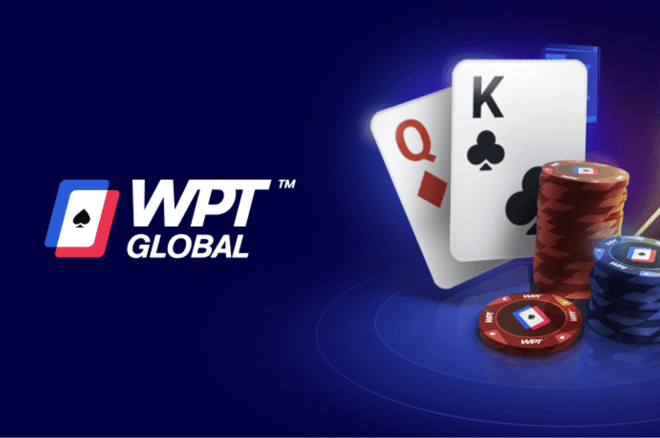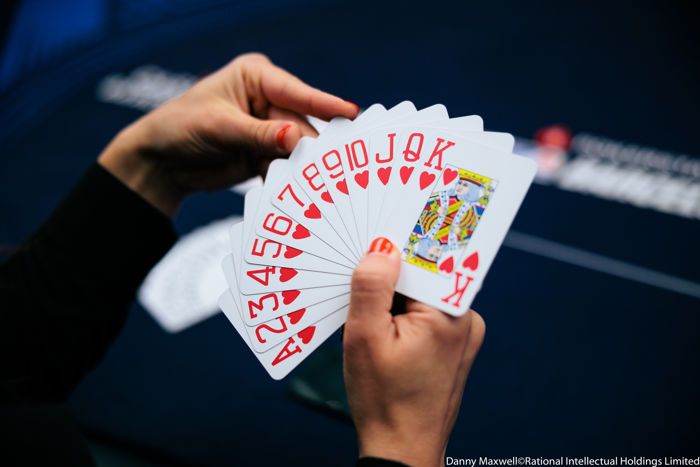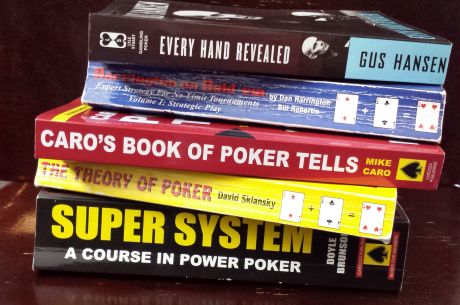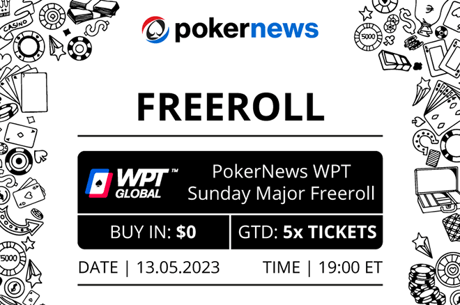WPT Global: Range Balancing For New Players

Table Of Contents
There are plenty of ways to improve your poker game, one of the main strategies you need to master early on is range balancing.
Like many poker ideas, this is simple to explain but much harder to master. In this article, with the help of the WPT Global, we'll cover the explanation part and start you on the road to achieving that mastery.
So if you're looking to learn some range-balancing poker strategy, read on.
The 10 Most Important Poker Strategy Books Ever Written and Why They’re Special
What Is Range Balancing?
The idea of range balancing is to make sure that your opponent can never accurately put you neatly on just one type of hand.
A simple example is betting or checking heads up on the river when you're last to act. If you only bet when you have a strong hand in this spot, your opponent can act accordingly. To balance your range in this case, you can bluff more and maybe throw in some thinner value bets with your some middling hands.
From your opponent's point of view, your betting range is more balanced now, and much harder to read as a result.

Things To Consider When Balancing Your Ranges
There are several factors to consider when you try to figure out what a balanced range looks like in a given situation. Here are some of the most important.
Your Current Range: Figuring out how to balance your range is essentially a matter of looking at your current range and assigning possible actions to each part of it.
Whenever it is your turn, forget the two cards in front of you for a moment. Instead, look at the hand history. Look at your first action. What hands could you plausibly have made that move with. Which of those hands would you have made your second move with? And so on..
When you get caught up to the present the remaining hands are your current range—the starting point for your balancing act.
Positional Awareness: Bear in mind the influence of position on your range of cards and your possible strategies. You should be playing a higher percentage of value-hands the earlier that you have to act. You can get more creative if you're acting later in the hand.
Board Texture: Every board hits your range differently. Don't think about how your current two cards connect with the board, instead look at the whole of your current range and how each part of it connects with the board.
Bet Sizing: Stick to a few basic bet sizes (e.g. third-, half-, and full-pot are a good starting point). Make sure your range for each bet size is also balanced. It's no good balancing your betting range if all your bluffs are one size and your value bets another.
Mixing Strategies: Make sure your strategies are as balanced as your ranges. If you're not careful, you might remember to make sure that every time you bet there is a good mix of strong hands and bluffs. But in the process, you may end up betting all of your strong hands.
Try to make sure that when you look at each type of hand (e.g. strong hands) there is a mix of strategies (e.g. a mix of value bets and trapping checks) and when you look at each strategy (e.g. betting) there is a mix of hands (e.g. strong hands and bluffs).
WPT Global: Six Vital Strategy Tips To Improve Your Online Poker Game
Why Range Balancing Matters
Reduced Predictability: The main goal of balancing your range is to make it harder for opponents to read your hand, predict your next move, and exploit your strategies.
Controlled Bluffing: Range balancing makes your bluffs more effective by making sure they look exactly like value bets.
Maximized Value: Similarly, value bets gain value by looking exactly like bluffs.
What Next?
Now that you have the basics of range balancing in mind, it is time to hit the tables.
As you play, make sure to get into the habit of putting both opponents and yourself on a range of hands. Then figure out broadly how best to balance them.
For further study you may also want to check out one of several strategy books or look into working on your ranges with a poker coach or a training site.









